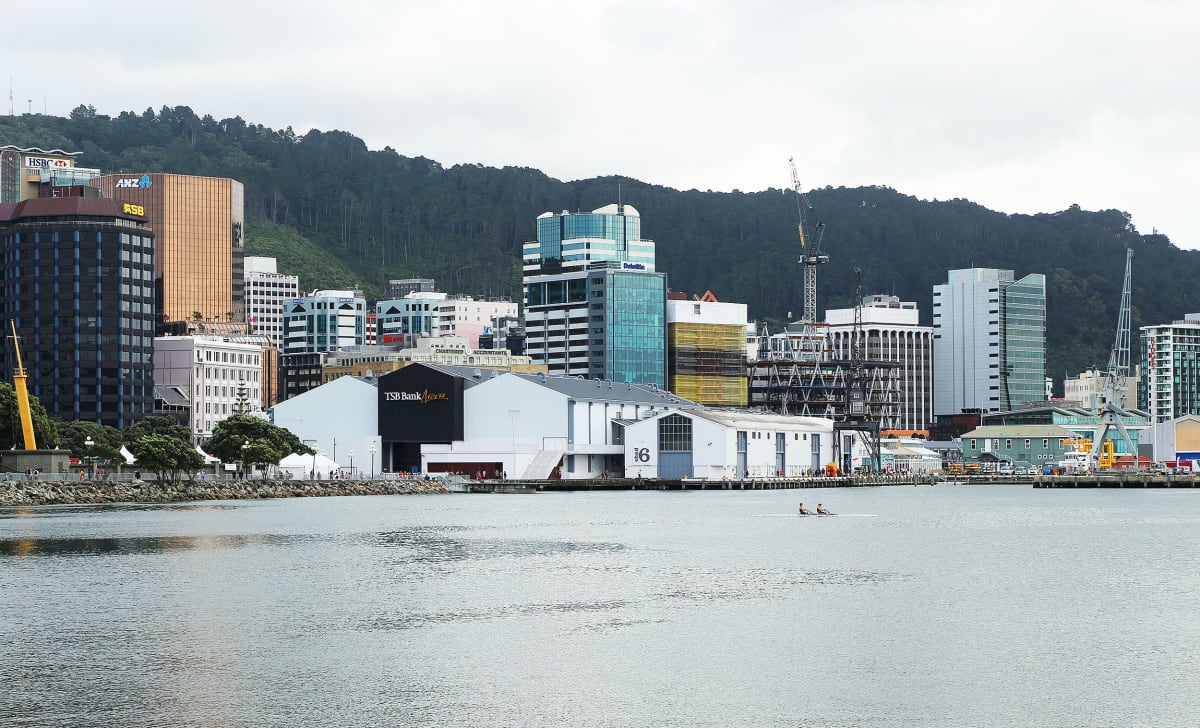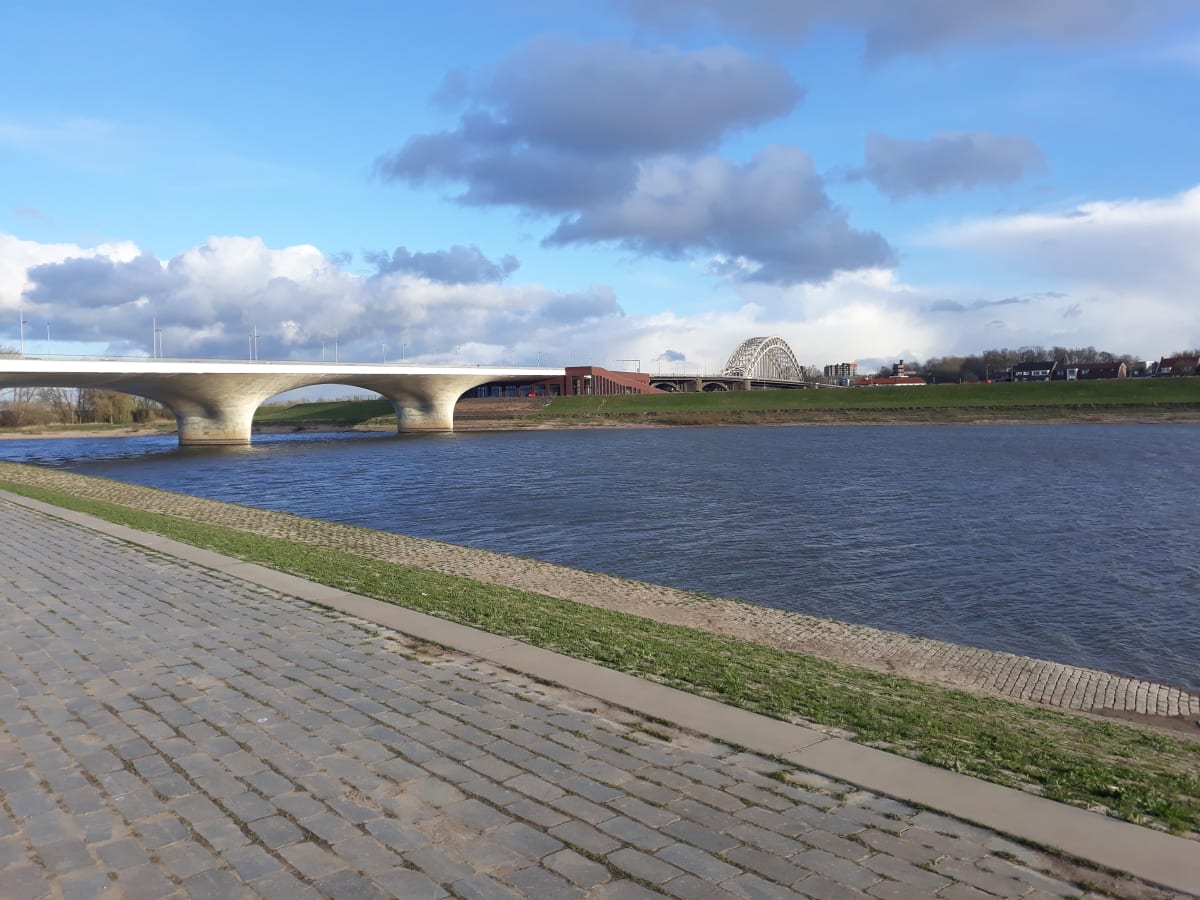
Restoring natural ecosystems and tearing down our concrete flood barriers could counterintuitively improve our flood resilience, Marc Daalder reports
Analysis: Consultation on the Government's draft National Adaptation Plan (NAP) and Climate Adaptation Act is likely to prove uncontroversial, largely because the documents released on Wednesday are devoid of much detail.
The NAP is a dry, bureaucratic list of the things the Government is already doing to defend New Zealand against the impacts of climate change and a handful of ideas for what else could be done.
These largely fit into three categories: reforms to existing institutions so they're fit for purpose in the climate era, making high-quality data about climate risks and impacts more widely available and integrating climate adaptation across government workstreams.
The consultation on the Climate Adaptation Act has even less to work with. The Government has put forward no concrete ideas or policies for consultation and is merely asking New Zealanders what they think about who should handle the burden of protecting coastal infrastructure and properties from inundation and who should pay the bill if whole communities need to be relocated. The tough, provocative and political issues that accompany these questions have been left out of the document - those are battles the Government will fight another day.
While what's left might not be exciting stuff, it is essential.
The Government has carefully crafted its language around adaptation to make sure the right messaging gets across. Officials and ministers don't want the public to think the Government has given up on reducing emissions to therefore avoid the worst impacts of climate change - a comprehensive plan to do that will accompany the Budget in May.
But even the most ambitious global emissions pathways will still see climate catastrophes become more frequent and more intense. A certain amount of sea level rise is already locked in by our greenhouse gas emissions to date. Efforts to reduce emissions will take time and the world will keep heating with every tonne of carbon dioxide that makes its way into the atmosphere.
Most of New Zealand will see more than half a metre of sea level rise by the end of the century, even if the world rapidly reduces emissions to net zero by 2050.

And every 10cm that the ocean rises makes future storm surges as much as 1m higher. In a matter of decades, almost all of the country's flood defences will no longer be able to handle even more moderate storms.
When you consider how much of our infrastructure is exposed to coastal flooding, or will be as climate impacts worsen, that becomes a major problem.
More than 650,000 people live on floodplains in residential buildings worth more than $100 billion, and another 72,000 people and $12.5 billion in residential and commercial properties are exposed to coastal flooding right now. Just 60cm of sea level rise would double the number of people and value of buildings vulnerable to coastal floods and would endanger 2273km of roads and 14 airports.
Climate Change Minister James Shaw says we have to get over our 20th Century thinking about flood resilience. Just building walls doesn't cut it.
"That was a perfectly valid response in a world where the risk was perceived as static - that it doesn't change," he told Newsroom. "The issue is that we're now living in a world where we understand that, actually, the scale of the risk is increasing and the frequency with which we're going to be facing these events is also increasing.
"Therefore, a flood defence that was built 50 years ago for a one-in-100 year scenario in the 20th Century is not a one-in-100 year scenario in the 21st Century."
We need two new approaches to flood resilience in New Zealand. They are closely related to one another. One is to embrace nature-based solutions, which can see ecosystems restored, human infrastructure better protected and greenhouse gas emissions reduced.
"Nature-based solutions - such as wetlands, rain gardens and swales, and green roofs and walls - can be effective for addressing flood risk," the draft NAP noted. It also said nature-based approaches to urban infrastructure can counteract the urban heat effect and reduce the risk from extreme heat.
Healthy coastal or riverside wetlands can soak up excess water, reducing the peak water level and protecting communities from inundation.
This ties into the other approach New Zealand must adopt, where suitable - an acknowledgement that a good defence is not always the best defence. Henk Ovink, the Dutch special envoy for international water affairs, spoke about his country's novel attitudes towards flood resilience in an interview with Newsroom in 2020.
Famed for their dams and dykes, the Dutch have recently pivoted to building urban spaces that are intended to flood. Outside of extreme events, the Room for the River complex in Nijmegen is a concrete canal that serves as a public park or meeting space. When the Waal river rises, the extra channel reduces the risk to the rest of the city.

These ideas come from a recognition that efforts to limit the natural world are less likely to succeed than those that seek to coexist alongside it.
"You see around the world that building along our rivers was a great thing in the past, because of trade and fresh water, then all of a sudden we covered them all up [with infrastructure, urbanisation and industry], polluted them," Ovink said in 2020.
"Then in the 90s, [with redevelopment of city centres] we figured out it is actually nice to live on the water, it became an economic asset. But no matter what perspective, we limited rivers' capacity and now with rain events they actually come back at us."
This coexistence doesn't have to come in the form of new built infrastructure - natural infrastructure can also help us sustainably live alongside ecosystems even as the climate changes. Many of the hundreds of thousands of New Zealanders who live in a floodplain live on the riverbed of braided rivers. The devastating flooding in Canterbury last May came when the Ashburton and Rakahuri rivers broke through their human-imposed boundaries and returned to their historic limits.
Human infrastructure in New Zealand has strangled braided rivers. Building up more walls will only make the consequences worse when those barriers are breached.
It's time for a 21st Century solution to flood risk.







